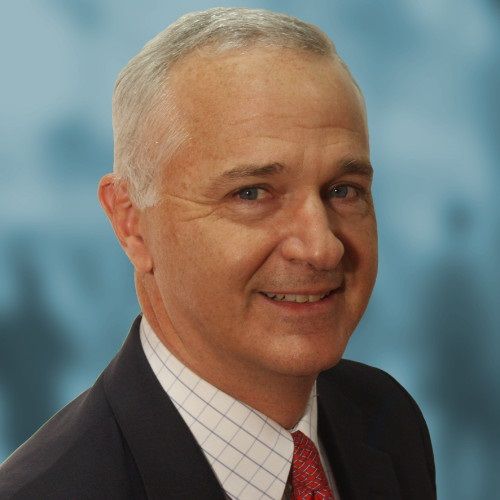Article
Medical students need more training in practice management and ownership, survey shows
Author(s):
Nearly 70% of medical students say medical school needs to provide more training relating to practice management and ownership, according to a recent survey.
Nearly 70% of medical students say their medical schools need to provide more training relating to practice management and ownership, according to a recent survey.
Similarly, 62% of students say they need more training in billing and coding, results from an annual survey of medical students by mobile health company Epocrates reveal.
In contrast to business training, medical schools apparently are doing a good job teaching patient care to students. Just 19% of students in the survey expressed dissatisfaction at the level of training on bedside manner, whereas 31% were unsatisfied with their schools’ training related to patient safety, according to the survey, which Epocrates calls “Future Physicians of America.”
The survey offers a glimpse into medical students’ changing work aspirations, when compared with the results of Epocrates’ 2010 survey. Hospital employment is becoming more attractive, with 40% of this year’s survey respondents listing it as their goal compared with 31% 2 years ago.
Group practice employment was the goal for 21% of respondents in 2012, compared with 22% 2 years ago. Just 4% want to open a solo practice, down from 6% 2 years ago.
Medical school debt weighs heavily on students' minds, as 45% of respondents listed the cost of education as the biggest challenge they’re facing. The cost of education far exceeded medical students’ next-biggest challenge, the volume of information they have to learn, which 22% listed as their top challenge.
In 2011, medical school graduates had a median debt of $162,000, according to the Association of American Medical Colleges. In addition, 33% of graduates had debt exceeding $200,000. (Note that these figures include premedical school debt, which typically was around $18,000.) Medical school graduates' median debt grew 16% from 2007 to 2011.
Also weighing heavily on medical students’ minds is the primary care shortage, which 81% of respondents said they were concerned about.
Primary care (21%) was the most popular specialty choice among medical students who responded to the survey, followed by emergency medicine (10%) and surgery (8%). Forty percent of respondents said that the primary care shortage has influenced their choice of specialty.
The survey was taken by about 1,000 medical students from 160 schools across all 50 states, Epocrates said.





